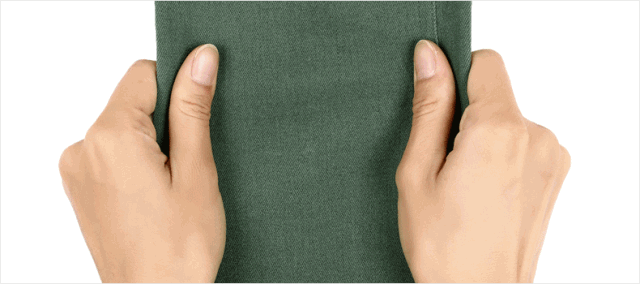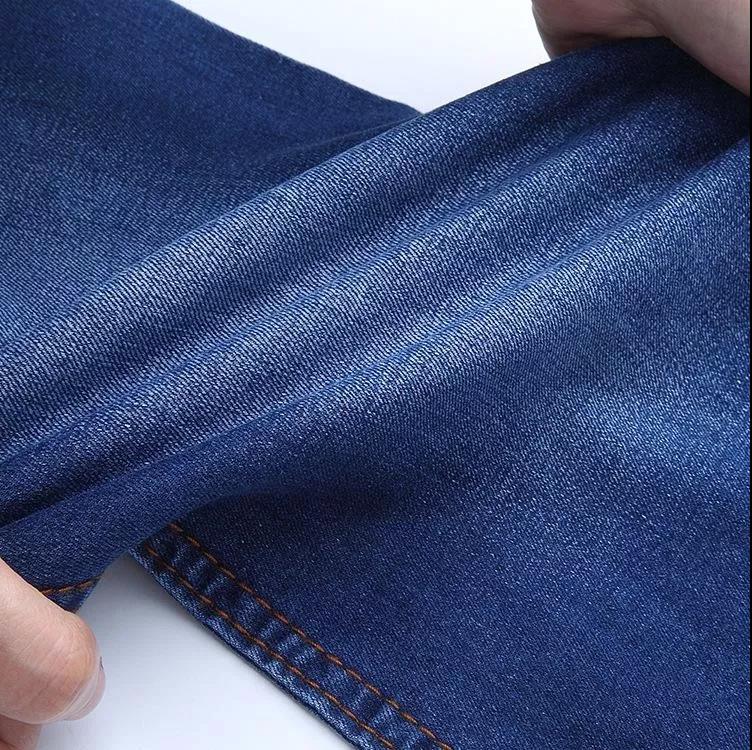Elastane silk is an essential material in our lives. Without it, there would be no women's stockings, no summer swimsuits, no figure-hugging leggings ...... It can be said that spandex has made an indelible contribution to human beings' ability to show off their figures and enjoy the comfort of their clothes.
We often see the elastic fiber in the content of clothing is "spandex". Although the content is not high, but very important Oh. Here I share a shopping tip with you.
In the online shopping check the clothing ingredients label, see the spandex will be able to roughly understand the clothing is a slimming effect, you can slightly tighten the feeling of wearing; and no spandex clothing, we generally have to buy loose, not too snug, otherwise it will hinder normal activities. Is it very useful?

However, if you think that spandex is the only spandex, you are very wrong. We fabric people work tirelessly and painstakingly to develop new fibers, new technologies, and strive to contribute more to the cause of human clothing.
According to the definition given by the American Society for Testing and Materials ASTM: elastic fiber yarn at room temperature, the material is repeatedly stretched to at least two times its original length, and after the release of tension, can quickly return to the original length of a class of fibers, the following six kinds of fibers can be called elastic fibers.
Diene elastic fiber (rubber yarn)
Diene elastic fiber commonly known as rubber or rubber wire, elongation is generally between 100 % to 300 %. The main chemical composition is vulcanized polyisoprene, which has good chemical and physical properties such as high temperature resistance, acid and alkali resistance, wear resistance, etc. It is widely used in the knitted fabric industry such as socks and ribbed cuffs.
Rubber yarn is the early use of elastic fiber, because it is mainly made into coarse spun yarn, so the use in woven fabrics is very limited.
Polyurethane fibers (spandex)
Polyurethane elastic fiber refers to a block copolymer made of polyurethane as the main component of the fiber, referred to as spandex in China, the initial U.S. trade name Spandex, later renamed Lycra Lycra, Europe named Elastane, Japan named Neolon, Germany named Dorlastan.
Its elasticity comes from its molecular structure consisting of "soft" and "hard" chain segments of the block copolymer network structure. With different block copolymers and different spinning processes, the elasticity and dyeing and finishing properties of these fibers vary with the formation of different "block" network structures.
Polyether ester elastic fiber
Polyether ester elastic fiber is an elastic fiber made from polyester and polyether copolymer by melt spinning, which was first produced by Teijin in 1990. Polyether ester elastic fiber not only higher strength, elasticity is also very good, in elongation 50%, medium strength elastic fiber elasticity has and spandex equivalent, melting point is also higher, and PET fiber blended chemical fiber fabric, can be in 120 ℃ ~ 130 ℃ color, so polyester fiber can also be organized into elastic fabric products. In addition, they have excellent finish resistance, chlorine bleaching resistance, acid and alkali resistance, etc. are better than the general spandex. Due to the good acid and alkali resistance, the fabric composed of it and polyester can also be alkali reduction finishing to improve the drapability of the fabric.
This fiber also has the advantages of cheap raw materials, easy production and finishing, is a class of more promising fiber.
Polyolefin elastic fiber
Polyolefin elastomeric fibers are made from polyolefin thermoplastic elastomers by melt spinning. American chemical (DOW Chemical) in 2002 launched XLA is a kind of commercialized polyolefin elastic fiber, by metallocene catalyst-catalyzed in situ polymerization of ethylene - octene copolymer (POE) by melt spinning produced. It has good elasticity, 500% elongation at break, can resist 220℃ high temperature, chlorine bleaching and strong acid and alkali treatment, and has strong resistance to UV degradation. Its production process is simpler, the price of raw materials is lower than that of spandex, while the production process produces almost no pollution and is easy to recycle.
Due to the excellent performance of polyolefin elastic fiber, it has been widely used in recent years.
Laminated Elastomeric Fibers
CONTEX (ST 100 laminated elastane, marketed as T400 elastane) is a new two-component laminated elastic fiber made of DuPont Sorona as the main raw material and PET through an advanced laminating spinning process; it has natural permanent spiral curl and excellent bulkiness, elasticity, elastic recovery rate, dyeing fastness and a very soft feel. It can be woven purely alone or interlaced with cotton, viscose, polyester and nylon to form a wide variety of styles.
It not only solves the traditional spandex yarn is not easy to color, excessive elasticity, weaving complex, fabric size is not stable, and in the process of use easy to aging and many other problems, and can be directly in the air jet, water jet, arrow loom weaving, do not have to be like spandex must be made into a covering yarn before weaving on the machine, reduce the cost of spinning yarn, improve the quality of the product uniformity.

Hard elastic fibers
All of the above elastic fibers are soft elastic fibers, which undergo large deformation and recovery at lower stresses. From the thermodynamic analysis, the elasticity comes from the degree of freedom (or chaos) of the molecular chains, i.e., the change of the entropy value of the system, so the crystallinity of the above-mentioned fibers is very low. However, some fibers made under extraordinary finishing conditions, such as polypropylene (PP) and polyethylene (PE), although they are not easily deformed under low stress (because they have a high modulus), they also have better elasticity under higher stress, very much at lower temperatures, so these fibers are called hard elastic fibers.
The deformation and recovery of hard elastic fibers is significantly different than that of elastic fibers. For example, if the hard elastic PP fiber is stretched for a second time immediately after the tensile recovery, its modulus and strength will drop a lot, but if it is left for a period of time after the stress is removed, or the temperature is raised to make it relax sufficiently and then stretched for a second time, its deformation recovery and the curve of the second is basically close. This is due to the fact that when this hard elastic fiber stretches and returns, not only the stretching and retraction deformation of the long chain segment of the aforementioned soft elastic fiber coiled molecule occurs, but also some microporous structure changes accompany the stretching process, and their wafer network structure also changes. Only after these structural changes are gradually restored, they can return to their original state, so they are deformed and returned only under higher pressure, and are called hard elastic fibers.
At present, hard elastic fibers are not much used in fabric products, but because their elastic characteristics are different from soft elastic fibers, so some very fabric products can be developed.
Contact: Jeanne yang(MISS)
Phone: 13912652341
E-mail: [email protected]
Add: Room A2216/A2217,Double-Star Building,No 567 New South Middle Road, KunShan City JiangSu Province ,China.